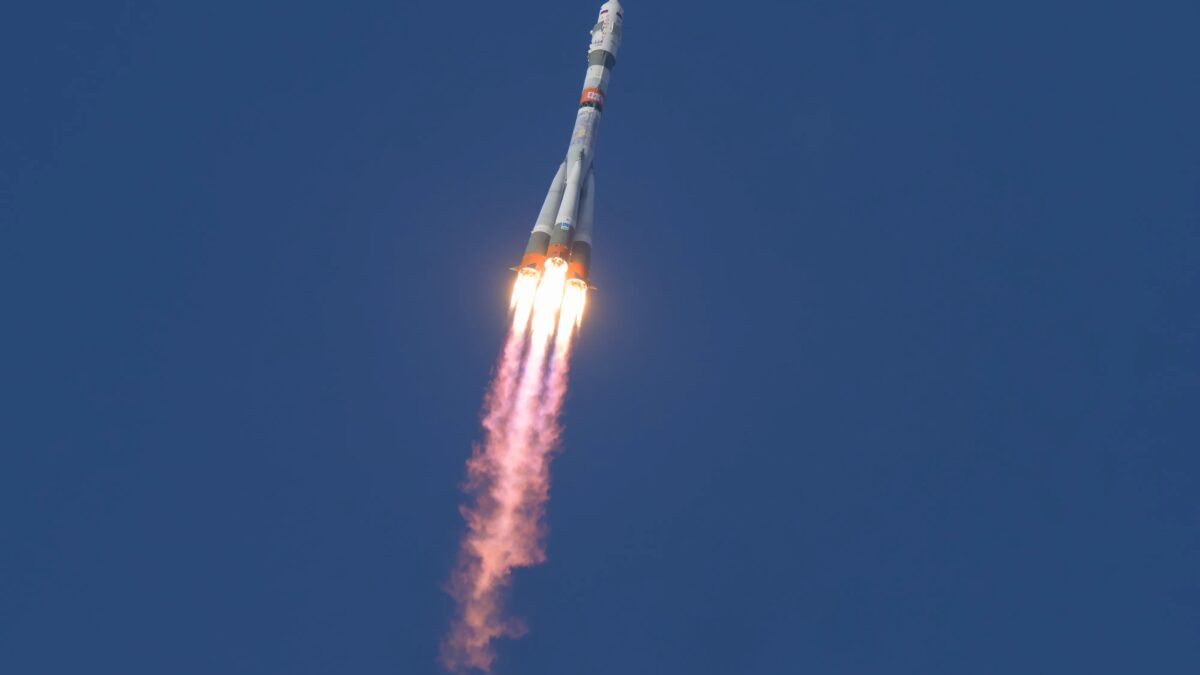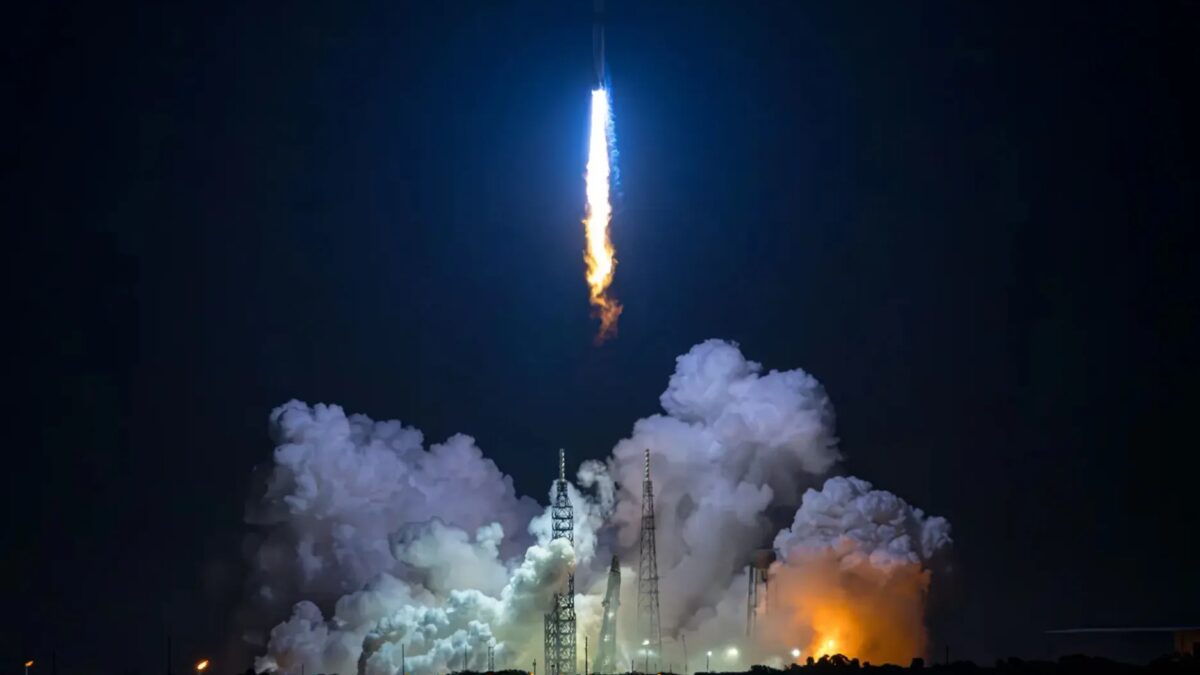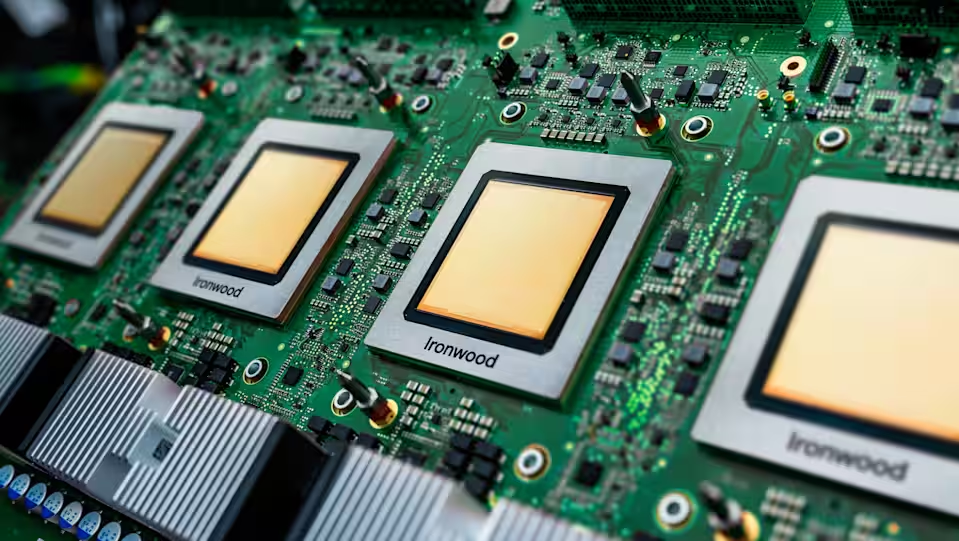Russian satellite returned to Earth with “Noah’s Ark” of animals and plants
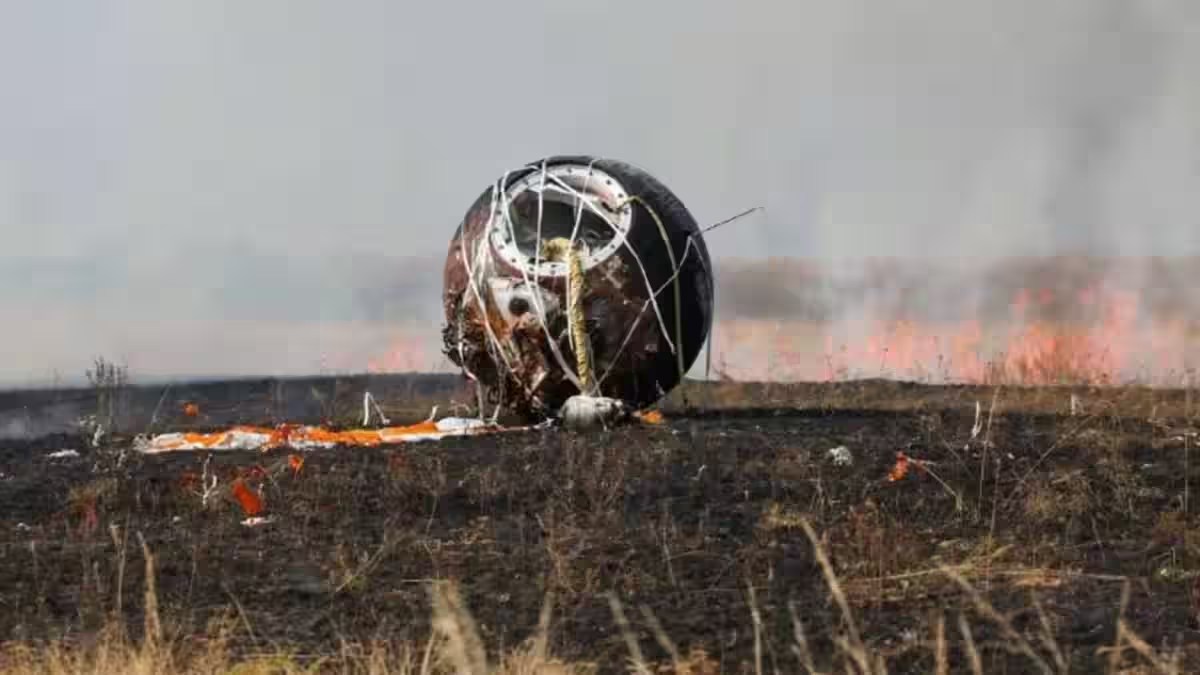
The Russian biosatellite «Bion-M No. 2», nicknamed «Noah’s Ark», successfully landed Sept. 19 in the steppes of the Orenburg region after 30 days in orbit. On board were 75 mice, more than 1,500 flies, microorganisms, cell cultures and plant seeds that participated in more than 30 scientific experiments.
The satellite was launched from the Baikonur Cosmodrome on August 20 by a «Soyuz-2.1b» rocket and placed into a polar orbit 370-380 kilometers high with an inclination of about 97 degrees. All samples were exposed to elevated levels of cosmic radiation.
Primary inspection and evacuation of samples
Photographs from the landing site showed that the capsule caused a small fire in the dry grass, which was quickly extinguished. Helicopter search teams then approached the module to retrieve the live animals for initial examination as quickly as possible.
Search teams in helicopters approached the module to retrieve the live animals for initial examination.
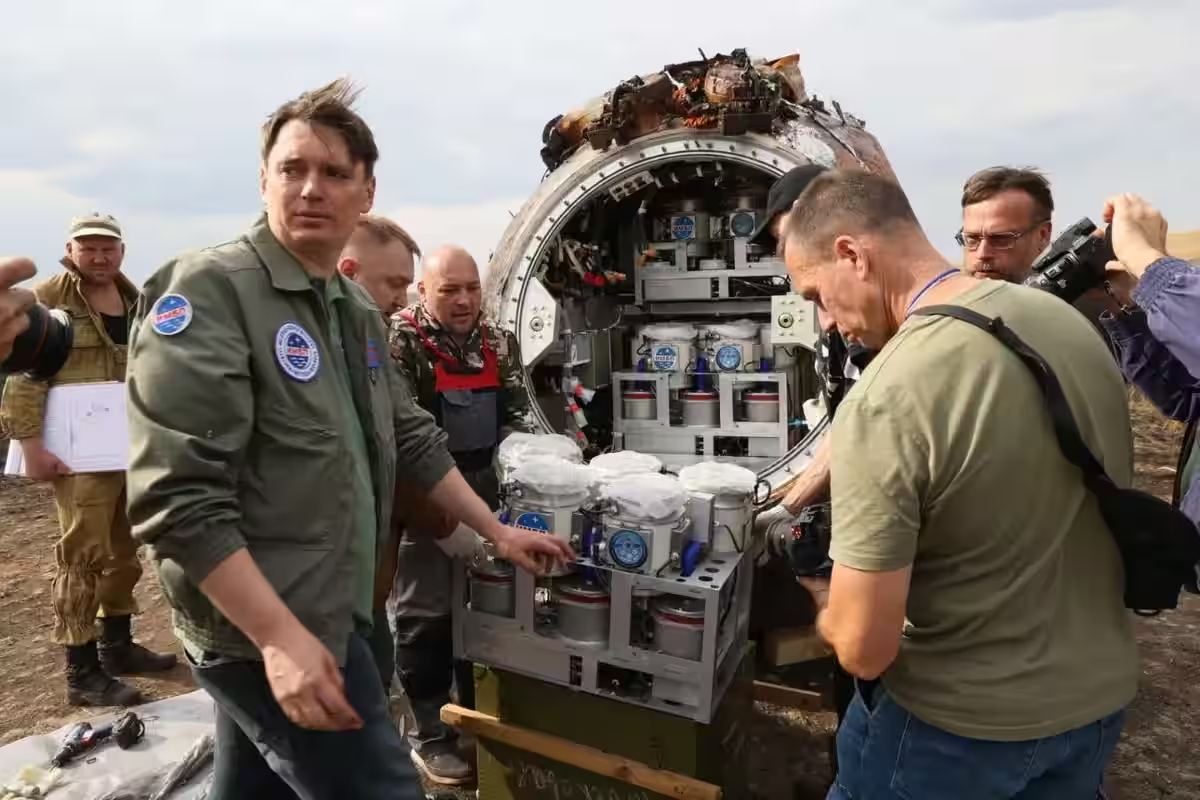
In situ, experts evaluated, for example, the flies’ motor activity to detect possible nervous system disorders. The first studies were conducted in a deployed medical tent, and then the biosamples were sent to the Moscow-based Institute of Biomedical Problems of the Russian Academy of Sciences (IBMP).
And then the biosamples were sent to the Institute of Biomedical Problems of the Russian Academy of Sciences (IBMP).
Scientific objectives of the mission
The program «Bion-M #2» includes 10 sections. The first two are devoted to the study of gravitational physiology of animals — the data will help develop technologies for human life support under simultaneous exposure to weightlessness and radiation.
Sections three through five explore the effects of spaceflight and open space factors on plants, microorganisms, and their communities — this will provide insight into the general patterns of life in the universe.
The sixth, eighth and ninth sections realize biotechnological and physical engineering experiments. The seventh covers radiobiological and dosimetric studies necessary to improve the radiation safety of manned spacecraft. The tenth section was prepared by schoolchildren from Russia and Belarus.
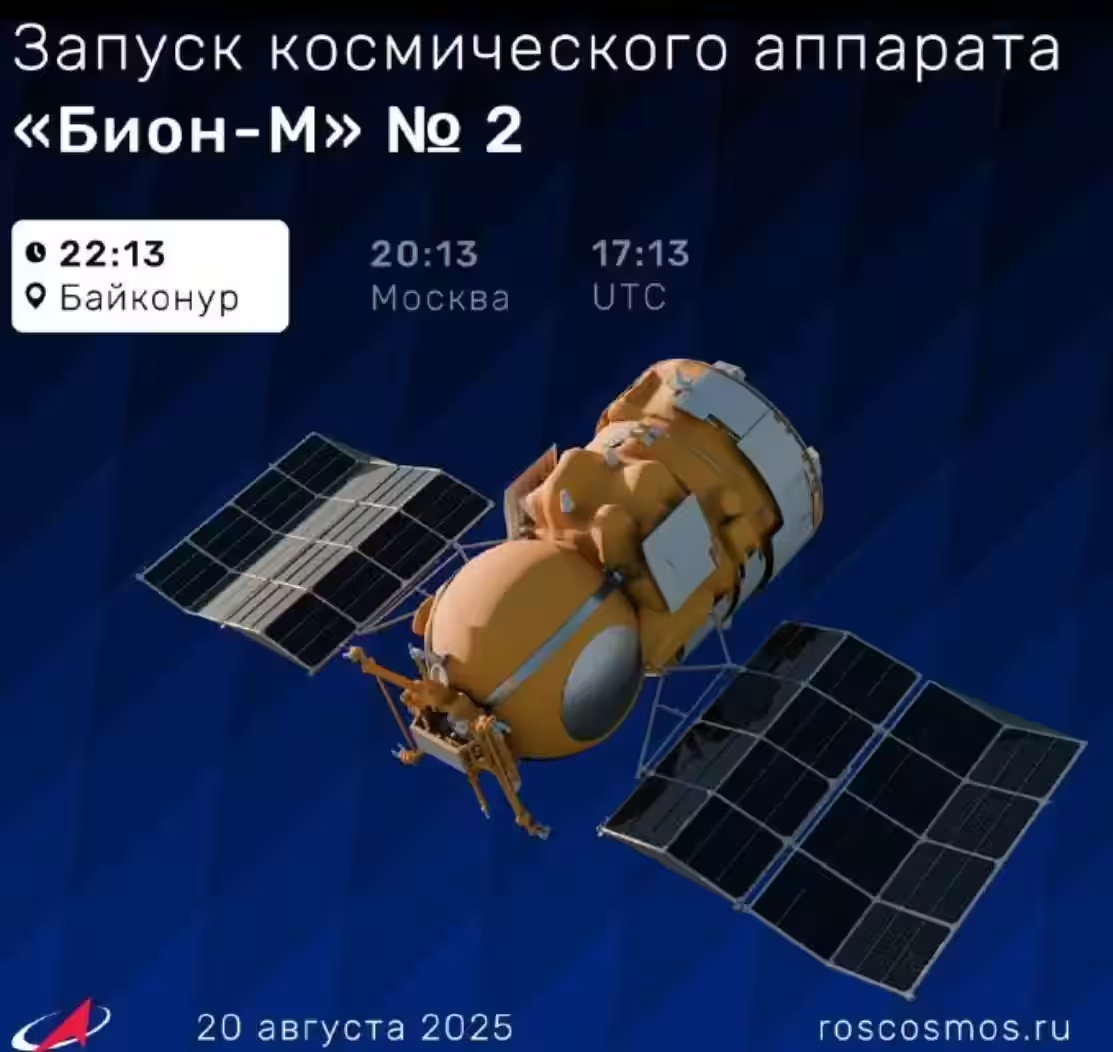
Experiment on the panspermia hypothesis
The «Meteorite» experiment has attracted particular attention. Its purpose — was to test the panspermia hypothesis, according to which life on Earth could have been brought in from space. Basalt rocks containing microbes were embedded in the body of the descent vehicle to see if the bacteria could survive the extreme temperatures of re-entry.
The data collected will help further understand how biological systems respond to space conditions and what is needed to ensure the safety of future manned missions,





